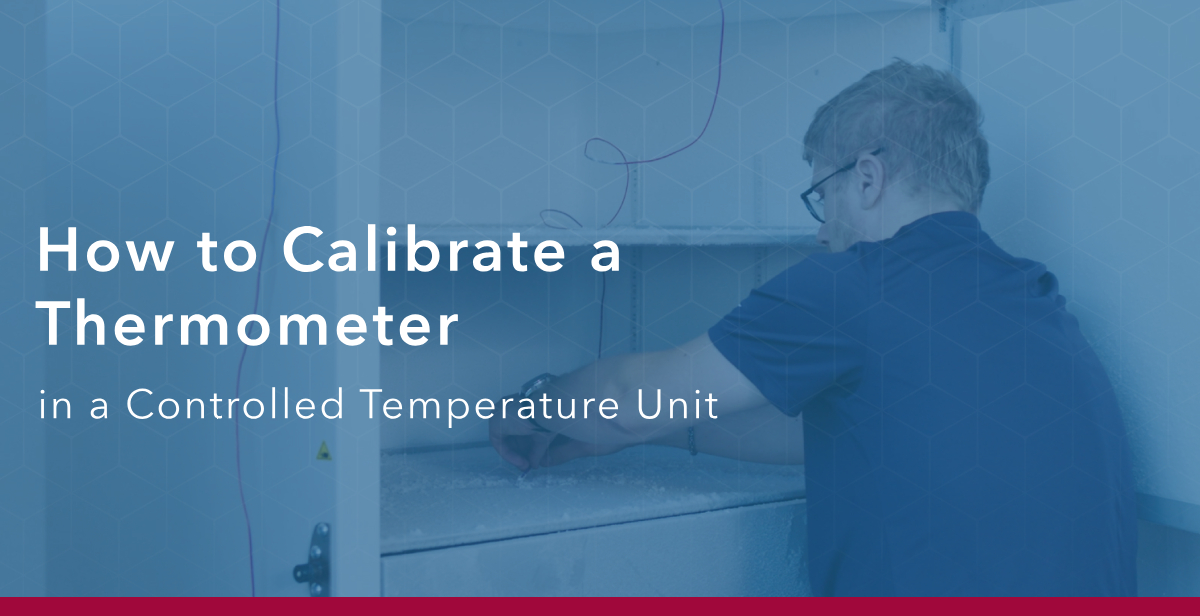Calibration
How To Calibrate a Thermometer in a Controlled Temperature Unit

Calibration

Calibration is the process of checking if a thermometer is giving correct temperature readings. This is done by comparing the thermometer’s readings to a known, standard temperature. Calibration helps make sure the thermometer is as accurate as possible, with only a small difference from the real temperature. Without calibration, even small mistakes in readings can lead to wrong data or unsafe conditions in processes where temperature is important.
The accuracy of thermometers’ readings deteriorates over time, and their readings “drift” slightly, giving inaccurate measurements. This deterioration is caused by regular wear and tear, but it can also be the result of other environmental issues. Regularly calibrating your measuring devices would ensure your readings are correct.
Regular thermometer calibration is crucial for several reasons:
At Ellab, we are dedicated to meeting your calibration needs. Whether you need help setting up your temperature-controlled units or require on-site calibration services, our expert team is ready to assist you. Our expert team can calibrate your equipment, ensuring it operates accurately and reliably.

Need expert support with calibration?
Do you have a question?
Do you have a question?